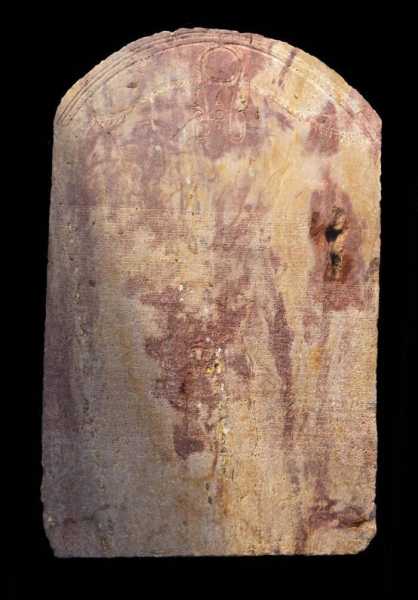Dating back to the third century BC, it is only the seventh copy of the Canopic Decree to be discovered in the last 150 years.

𐰇𐱅𐰚𐰤/Wikimedia CommonsOne copy of the Canopus Decree, this time in three different languages, is on display at the Egyptian Museum in Cairo.
The newly discovered tablet, made of sandstone, is about four feet (1.2 m) high and nearly three feet (90 cm) wide. The top of the tablet is decorated with a winged solar disk and two king cobras (uraei) wearing white and red crowns, symbolizing Upper and Lower Egypt. Between the two snakes is the inscription “Di Ankh”, meaning “He who gives life”, and below them is the text of the 30-line Canopic Decree.
Unlike the previous six copies of the Canopic Decree found over the past 150 years, which included Egyptian hieroglyphs, demotic script, and Greek text, the seventh copy of the Canopic Decree is written entirely in hieroglyphs.
Thus, the newest copy provides scientists with a unique opportunity to study and research hieroglyphs, especially since the Canopic Decree already contains extensive information about life in Ancient Egypt.
The Canopus Decree in Ancient Egypt
The Canopic Decree, first discovered in Tanis, Egypt in 1866, was a royal decree issued in 238 BC by Ptolemy III Euergetes (reigned 246–221 BC). Written in hieroglyphs, demotic script, and Greek, it later played a major role, along with the Rosetta Stone, in scholars' understanding of hieroglyphics. It also provided insight into life in ancient Egypt.
Sourse: www.allthatsinteresting.com





